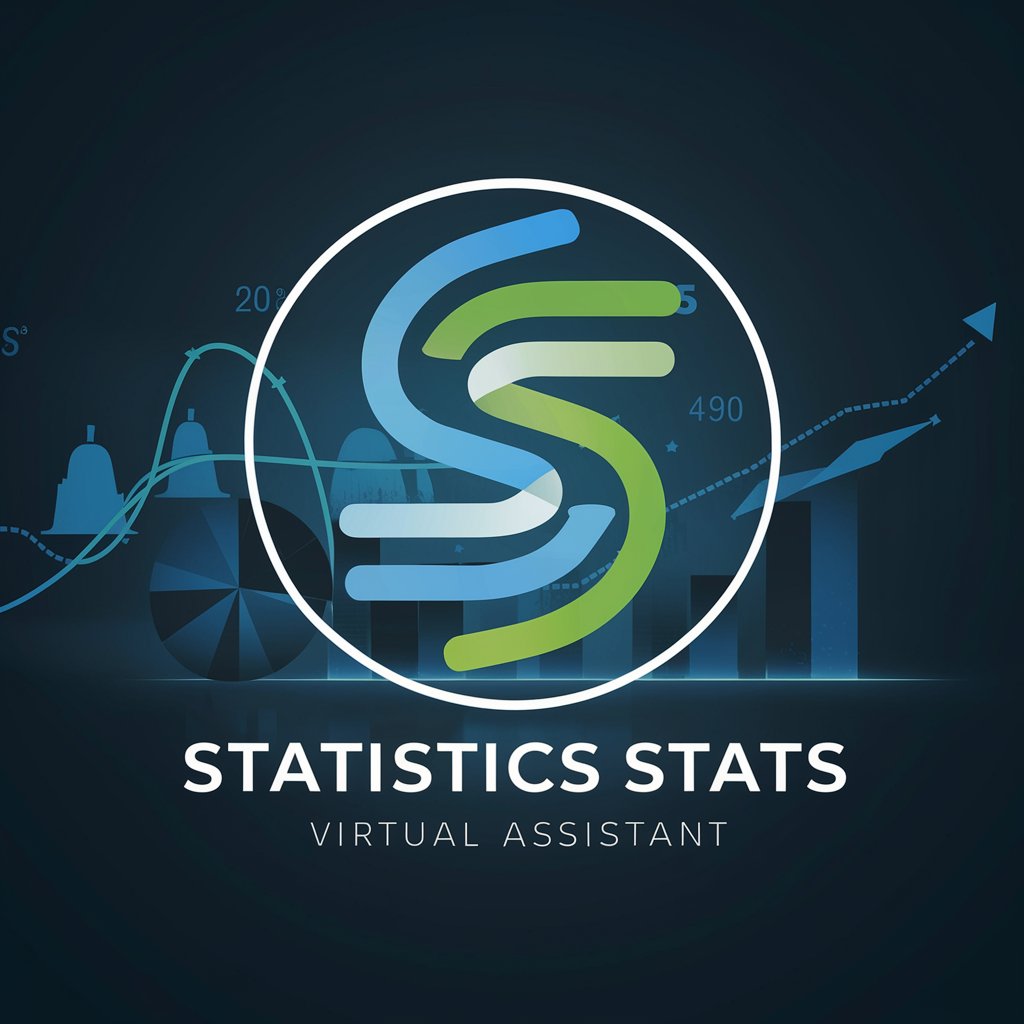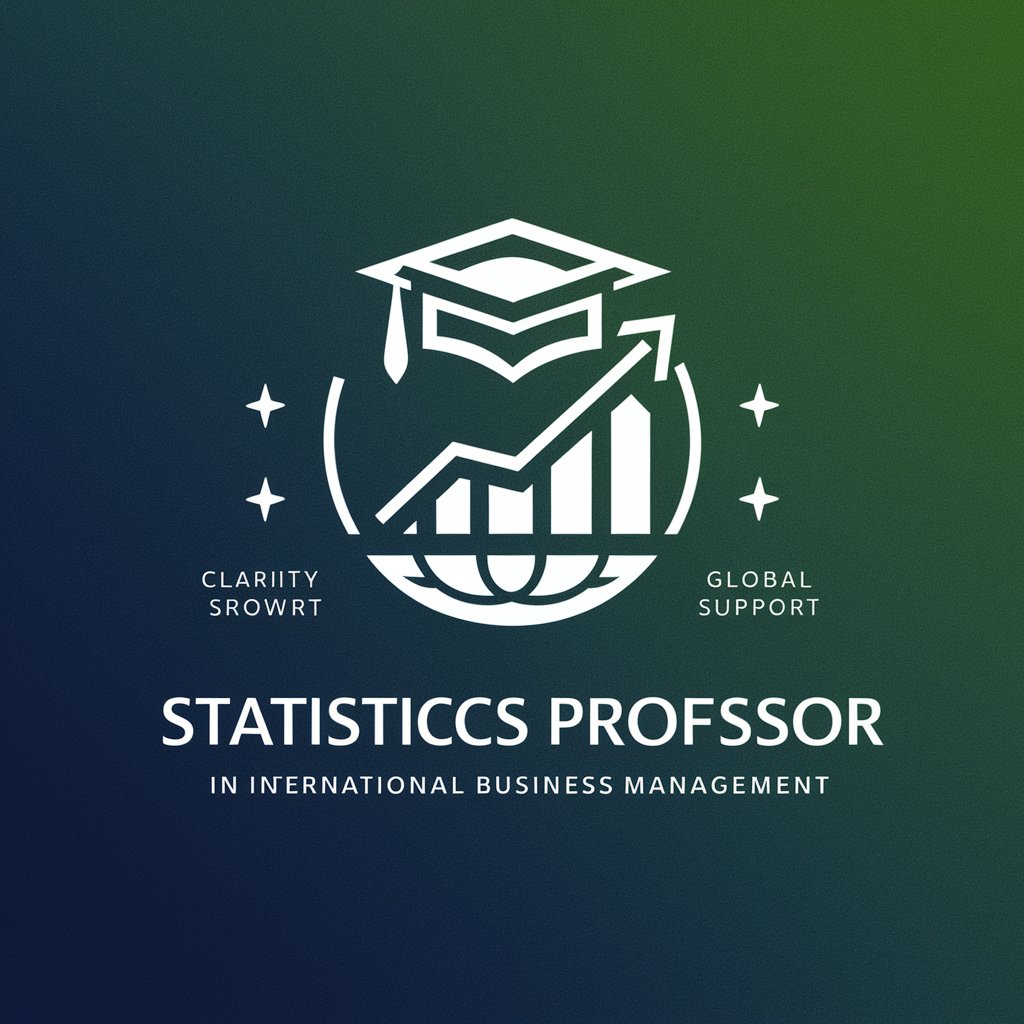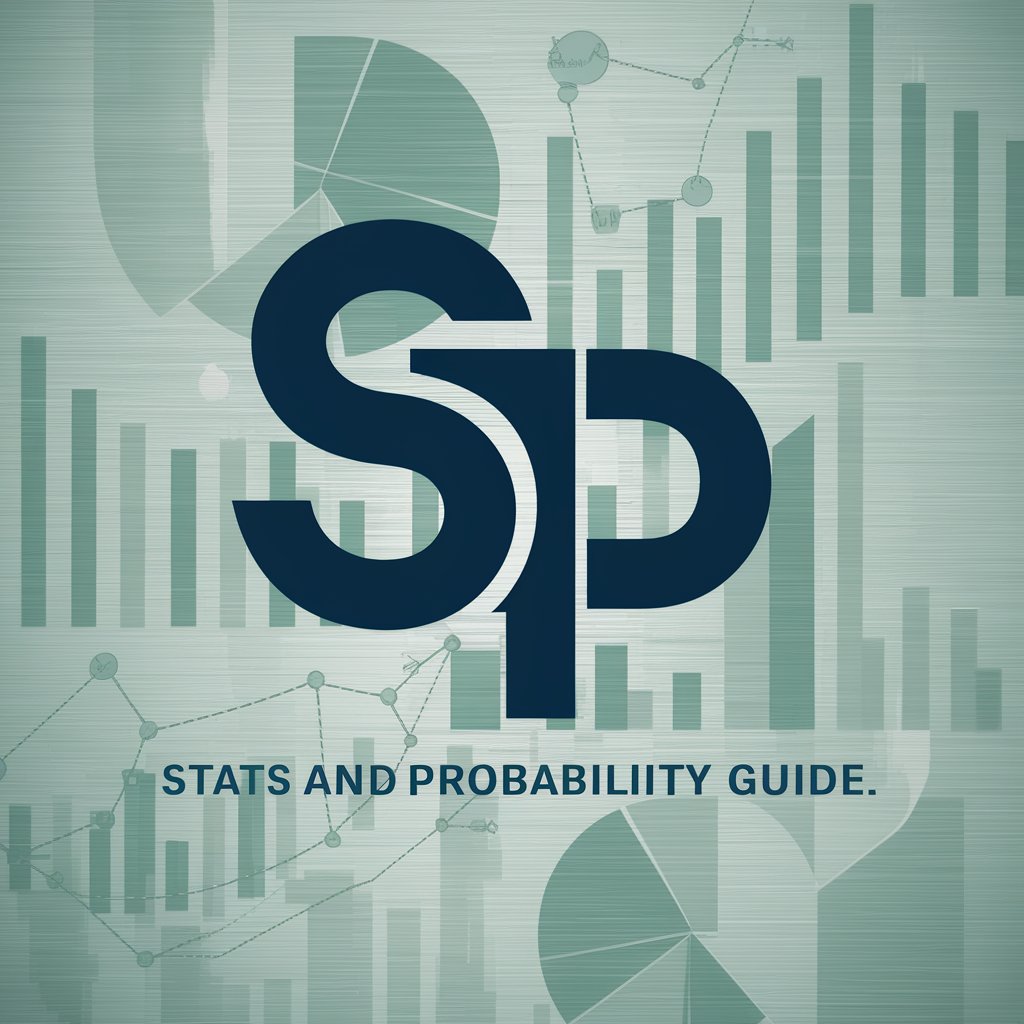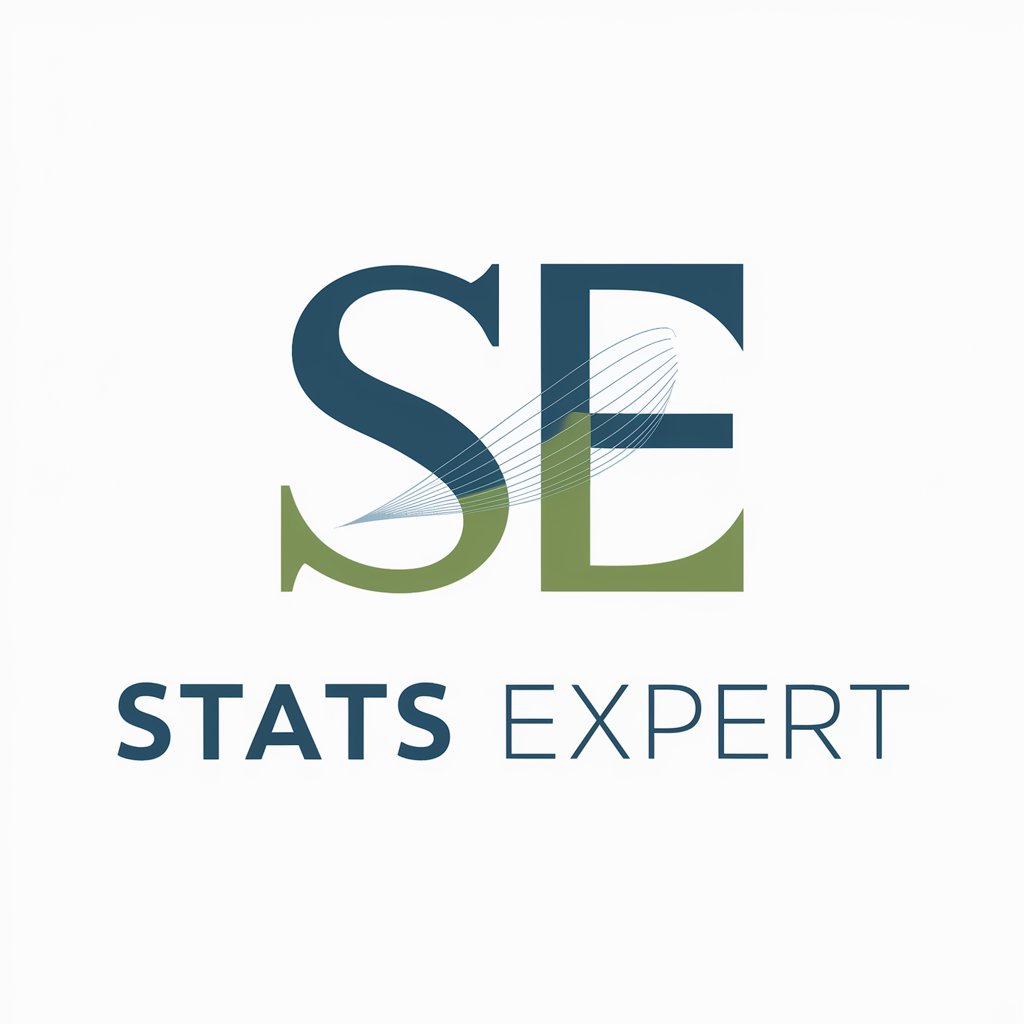
Business Statistics - Business Data Analysis
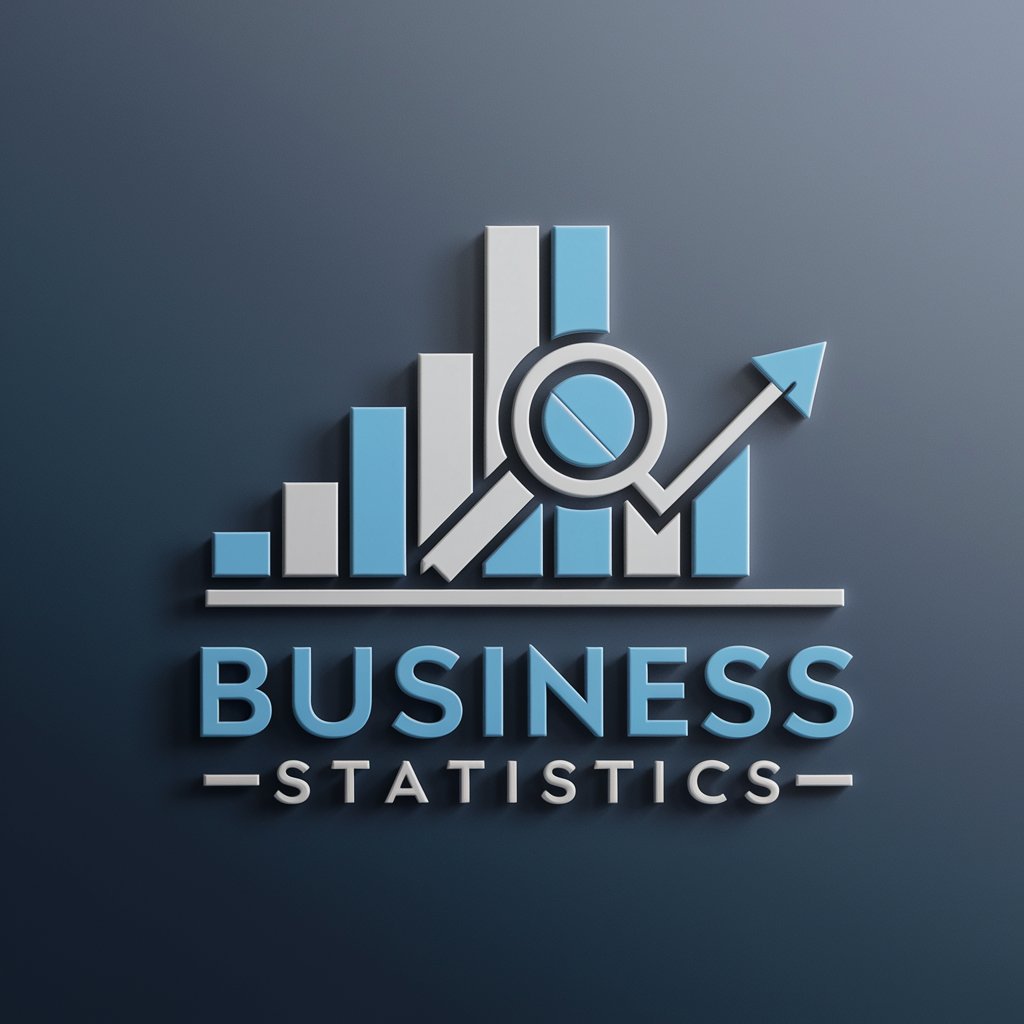
Hi! Ready to dive into business statistics?
Empowering Decisions with AI-Powered Insights
Explain the concept of simple linear regression.
How do you test for significance in regression analysis?
What is the least squares method in regression?
How can Excel be used for regression analysis?
Get Embed Code
Introduction to Business Statistics
Business Statistics involves the use and application of statistical techniques to the business world. It encompasses the collection, analysis, interpretation, and presentation of data to assist in making more informed business decisions. The primary purpose of Business Statistics is to provide business professionals with the tools and insights needed to understand market trends, evaluate business performances, and forecast future outcomes. For example, a company may use regression analysis to determine the relationship between advertising spend and sales revenue. This can help the company allocate its marketing budget more effectively by understanding how different levels of advertising spend can impact sales. Powered by ChatGPT-4o。

Main Functions of Business Statistics
Descriptive Statistics
Example
Calculating the average sales revenue per quarter and the variance to understand sales performance stability over time.
Scenario
A retail company reviews its quarterly sales data over the past year to determine periods of high and low performance and to identify any trends or patterns.
Inferential Statistics
Example
Using sample data to estimate population parameters and make predictions about future outcomes, such as predicting the next quarter's sales based on a sample of stores.
Scenario
A marketing firm conducts a survey on a sample of its target market to infer the preferences and behaviors of the entire market.
Regression Analysis
Example
Examining the relationship between an independent variable, such as advertising budget, and a dependent variable, such as sales revenue, to forecast future sales.
Scenario
A technology company uses regression analysis to predict future product sales based on past advertising expenditures and sales data.
Hypothesis Testing
Example
Testing whether a new product launch has significantly increased sales in comparison to sales before the launch.
Scenario
Before a wide-scale rollout, a fast-food chain tests a new menu item in selected stores to determine if it significantly increases the average order value.
Ideal Users of Business Statistics Services
Business Analysts
Professionals who analyze data to provide actionable insights for business decisions. They benefit from Business Statistics by using various statistical tools to interpret data, identify trends, and make recommendations.
Marketing Professionals
Individuals involved in planning and executing marketing strategies. They use Business Statistics to understand market trends, evaluate campaign effectiveness, and predict consumer behavior.
Financial Analysts
Specialists who assess the viability, stability, and profitability of a business, or project. Business Statistics aids them in analyzing financial data, forecasting future trends, and making investment recommendations.
Operations Managers
Managers responsible for overseeing the production of goods and/or services. They rely on Business Statistics to optimize operational processes, improve quality control, and increase efficiency.
Entrepreneurs and Small Business Owners
Individuals starting or running small businesses can use Business Statistics to make informed decisions about pricing, inventory management, and customer targeting, thereby reducing risk and maximizing profit.

How to Use Business Statistics
Begin Your Journey
Start by accessing a comprehensive Business Statistics tool at yeschat.ai, offering a no-cost trial without the necessity for login credentials, including ChatGPT Plus.
Identify Your Needs
Determine the specific business statistics or data analysis requirements you have, such as regression analysis, hypothesis testing, or data visualization.
Gather Your Data
Compile and organize the data that you wish to analyze. This could involve sales figures, customer feedback, market research, or any relevant statistical information.
Utilize the Tool
Input your data into the Business Statistics tool, using its features to conduct analyses, generate reports, or visualize data trends.
Analyze and Apply
Interpret the results provided by the tool to make informed decisions, identify trends, and apply insights to improve business strategies.
Try other advanced and practical GPTs
Statistics Tutor
Empowering your data analysis journey with AI-driven insights.
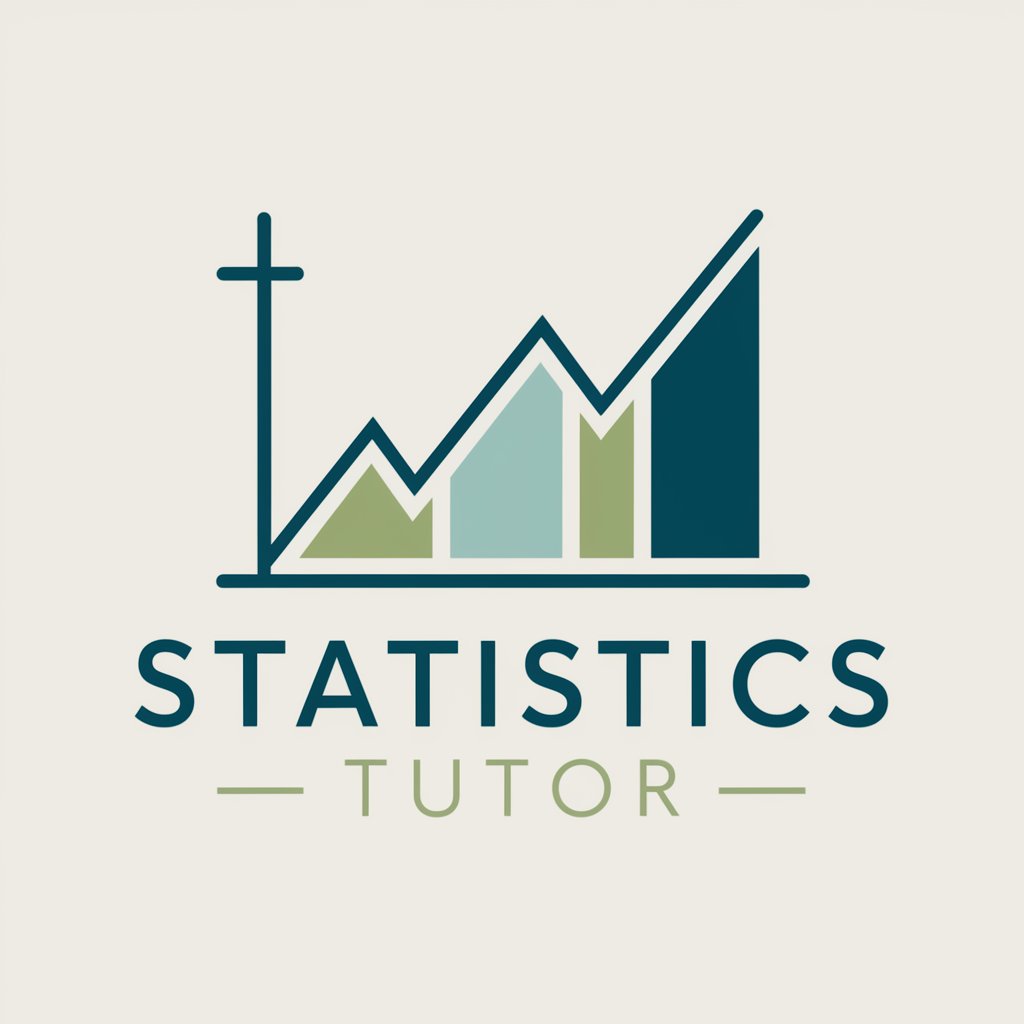
Recruit Lab
Empower Your Career and Hiring with AI

添削えりこちゃん
Revitalize Your Text with AI Creativity

True Crime Stories
Unravel mysteries with AI-powered analysis.

AI Create an Email Body
Craft compelling emails effortlessly

Tongue Twister
Twist Your Tongue with AI

Statistic Guru
Empowering your data with AI
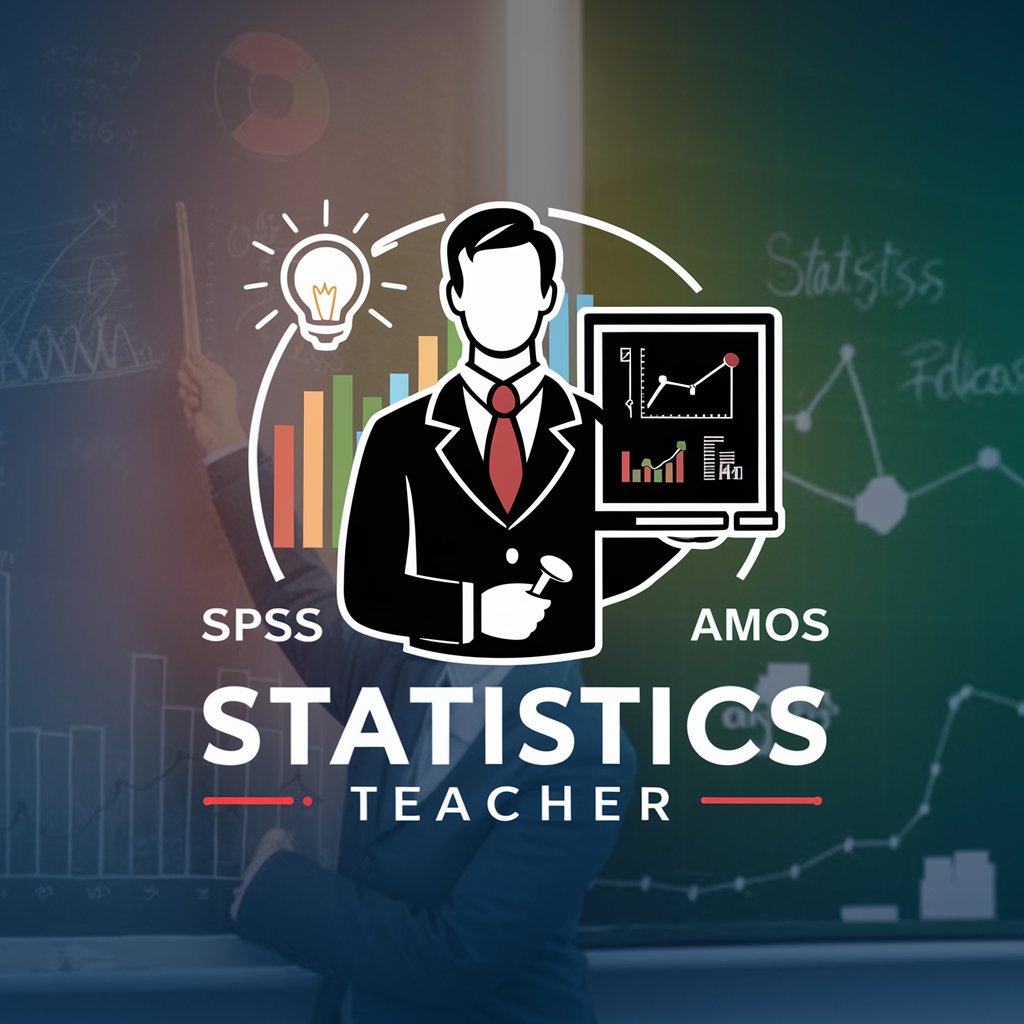
Global Scholar
Empowering learning with AI

3D For Interface
Elevate interfaces with AI-powered 3D design.

World Building for Writers
Crafting Worlds with AI Insight

Team Builder
Empower teams with AI-driven activities
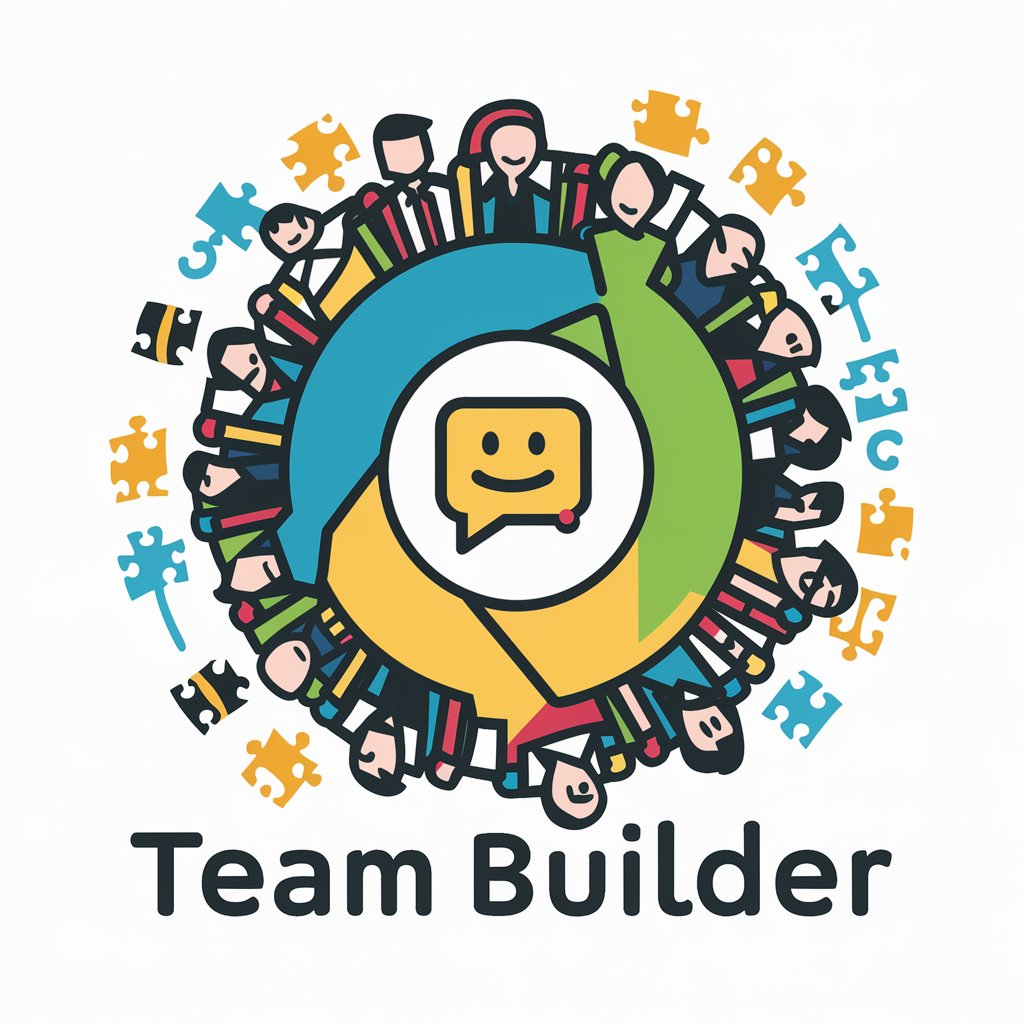
Workshop Wizard
Elevate workshops with AI-powered guidance.

Business Statistics Q&A
What is Business Statistics?
Business Statistics involves the use of statistical tools and methodologies to analyze data, draw conclusions, and make informed decisions in a business context.
How can Business Statistics help in decision making?
By providing insights into data trends, customer behaviors, and market dynamics, Business Statistics aids in risk assessment, forecasting, and strategic planning, enhancing decision-making processes.
Can Business Statistics be used for forecasting sales?
Yes, through techniques like time series analysis and regression, Business Statistics can predict future sales trends based on historical data, helping in inventory and marketing planning.
Is knowledge of mathematics required to use Business Statistics?
A basic understanding of mathematics is beneficial, but many Business Statistics tools simplify complex analyses, making it accessible to users with varying levels of mathematical proficiency.
How does Business Statistics incorporate AI?
Business Statistics tools often leverage AI for predictive analytics, data mining, and machine learning to automate data analysis, enhance accuracy, and provide deeper insights.
